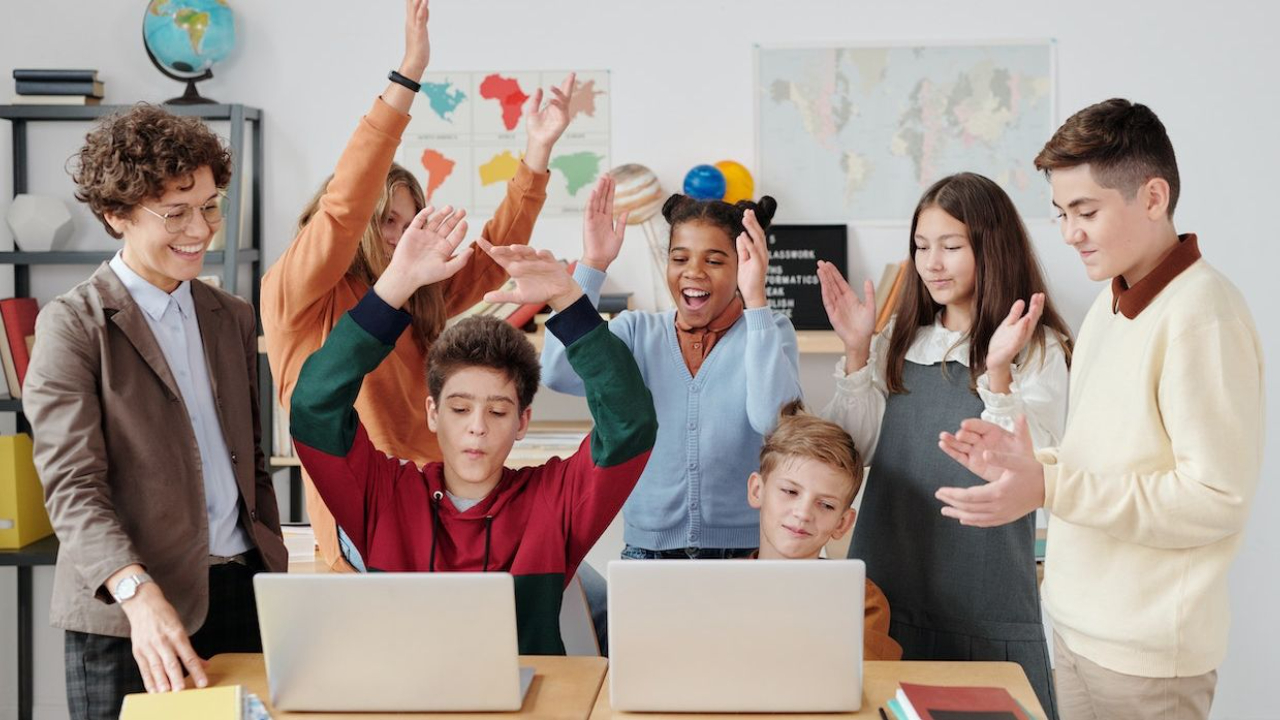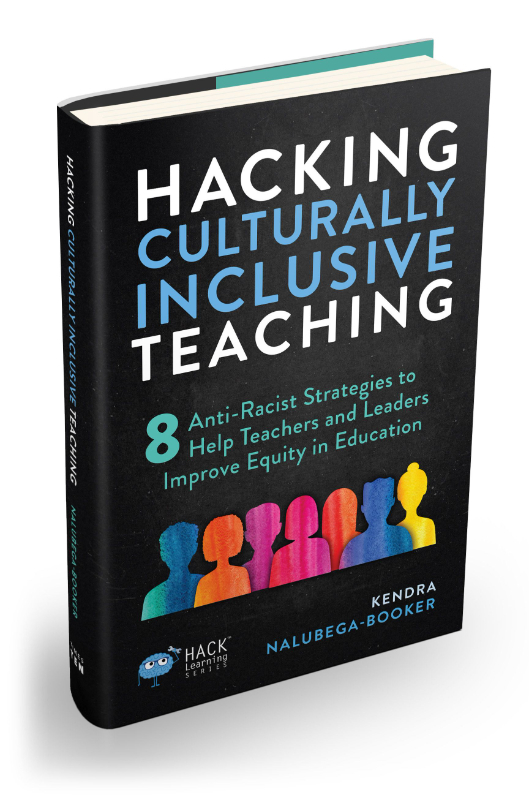We Cannot Be Inclusive Without Designing Accessible Instruction
Feb 24, 2023
By Kendra Nalubega-Booker
As educators and leaders, we can all agree that accessibility is essential for creating equitable and inclusive learning environments. Supporting the abilities of all students, regardless of their physical and mental abilities, requires access to learning materials, activities, and technology.
As we move towards a more connected world, everyone must be able to gain the same information and participate in the same activities. Making learning environments accessible is a moral obligation and has various practical benefits.
For example, if teachers give students with disabilities similar opportunities as their peers, they are more likely to succeed academically and socially. This can foster a more positive and inclusive learning environment.
Similarly, making programs, websites, and other resources available can help break down learning barriers, making the experience more enjoyable for everyone.
You can find some idea starters and ways to improve accessible practices in inclusive learning environments below.
- Discuss ideas or strategies for enhancing inclusive learning environments.
- Ensure you offer all content in other forms, such as audio and Braille, as well as standard print and big print.
- Provide a range of delivery alternatives to accommodate students' needs (online, hybrid, etc.).
- Use auxiliary aids like speech recognition software to make lessons more accessible.
- Offer supplementary materials, aids, and one-on-one mentorship.
- Foster a learning environment that includes and appreciates differences among students.
- Encourage open and respectful conversations about accessibility and inclusiveness.
- Employ principles of Universal Design for Learning (UDL).
- Demonstrate to other teachers and staff members how to create a classroom that welcomes all students.
- Promote the use of instructional technology.
- While developing lessons and assessments, it's important to consider how they'll affect students with and without disabilities.
More specifically, in curriculum design, you can adopt these best practices for designing accessible lessons!
- Understand the types of learners in your class. When making learning materials and curricula accessible, it's important to consider the learners using them. Take into account their age, skills, and what they need to learn.
- Plan when making materials and lessons. This means thinking about how different learners can access the material, such as by using assistive technology, giving textual alternatives to visuals, and offering different formats for those who can't use the materials in the standard format.
- Use Language Everyone Can Understand. Also, avoid biased, insulting, or ableist words.
- Plan for Engagement when making materials and lessons. This could mean using pictures, interactive parts, or other methods to keep learners of all levels interested.
- Test for Accessibility before using the materials and curriculum. This means experimenting with the materials with different types of learners, such as those with disabilities, to ensure everyone can access the content.
- Observe and evaluate: Once the materials and curriculum are in the hands of students, observe and evaluate how they use them. This will help ensure all learners can access and use the materials and curriculum.
Overall, accessibility also helps to ensure that everyone is receiving the same level of educational opportunities. By making learning materials reachable for all learners, regardless of their physical and mental abilities, we ensure that every student receives a quality education.
We can reduce inequity and ensure that every learner has the opportunity to reach their full potential.






